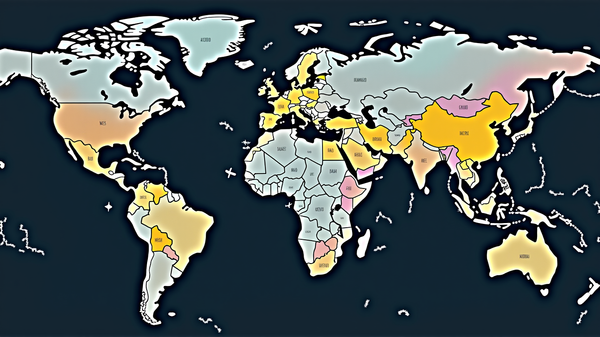Unveiling the Hidden Crisis: 3.2% of EU Children Lack Medical Care
A detailed look into the unmet medical needs of EU children and the disparities in healthcare access across European countries.

The publication “Key Figures on European Living Conditions 2025,” recently launched in September, paints a vivid picture of everyday life across Europe, turning the spotlight on critical concerns like income distribution and healthcare access. Within this data-driven landscape emerges a stark reality: 3.2% of children in the EU continue to endure unmet medical needs, highlighting alarm bells for policymakers and society alike.
Disparities in Healthcare Access
Delving deeper into the data, the socioeconomic divide becomes painfully evident. In households with disposable income exceeding the at-risk-of-poverty threshold, the figure stands at 3.0%. Conversely, for those living below this benchmark, the percentage climbs to 4.2%, a tangible disparity of 1.2 percentage points that underscores the urgent need for equitable healthcare policies.
A European Overview
Across most EU nations, a common trend surfaces—higher unmet medical needs are prevalent among children in financially constrained households. Bulgaria, with a marked difference of 6.1 percentage points, exemplifies this trend. Yet, intriguingly, Finland bucks this pattern, leading a group of ten countries where children below the poverty line report fewer unmet medical needs, inspiring optimism for innovative healthcare solutions.
The Data That Speaks Volumes
Such insights crystallize during the World Health Summit 2025 in Berlin, set against the theme “Taking Responsibility for Health in a Fragmenting World.” The Summit comes as a timely reminder that healthcare disparities, although deeply entrenched, are not insurmountable. It beckons global leaders, policymakers, and citizens to collectively rise to the occasion for a healthier, more inclusive tomorrow.
Healthcare Beyond Numbers
This publication isn’t just about dry statistics. It offers a gateway to another dimension of health discourse. By traversing through the rich tapestry of health, disability, and discrimination, readers can navigate broader narratives—where each statistic is a story of real children and families navigating Europe’s diverse social landscape.
For anyone aligned with improving living conditions in the EU, engagement with the “Key Figures” compendium provides a granular understanding of the EU’s health dynamics, catalysing informed dialogue and progressive action.
According to European Commission, to delve into this and other facets of European life, aspiring researchers and policymakers alike are encouraged to explore the wealth of data articulated in other Key Figures publications, reinforcing the link between awareness and action.
Europe’s collective journey toward health equity is as much about measurable milestones as it is about embracing every child’s right to a healthy future. As history, health, and humanity intertwine, the question remains: How will we, as global citizens, rewrite the narrative?
The truth is stark, the path challenging, but the outcome—a shared hope for dignified healthcare—invites us all to act.





